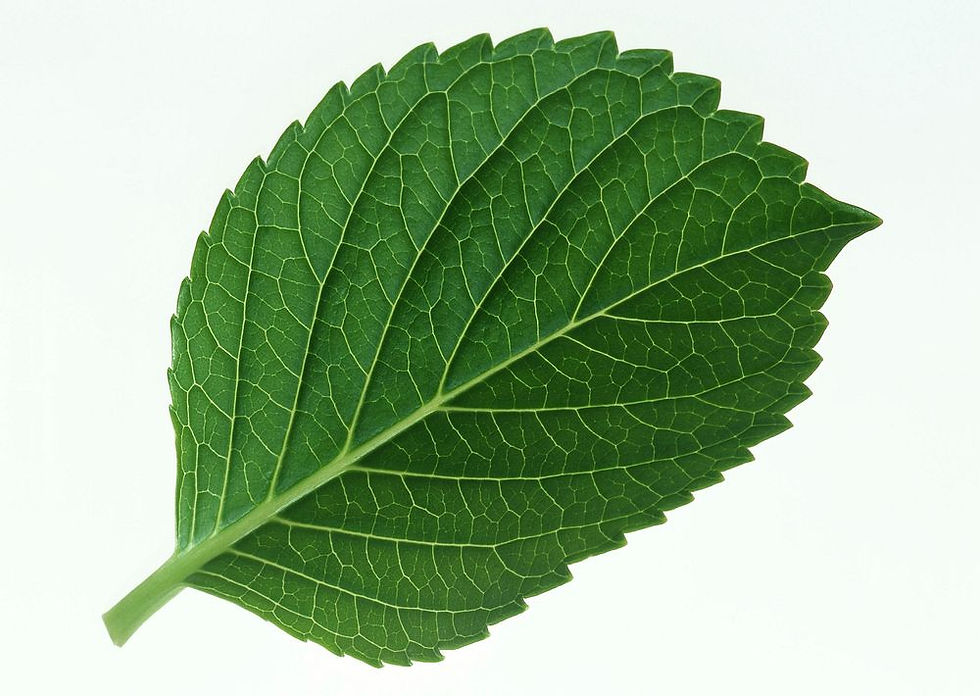Today I went to the small grocery story nearer to my home than the big one I usually frequent. I've been curious about that market for some time, so was glad to try it out. (The longer I'm here in Japan and the more I do, the braver I get.)
Doing the initial grocery store tour, I walked down all the aisles looking for something I just might need, like a unique memento to remind me of this little trip, or something I couldn't find anywhere else, for somebody back in the States. Finding nothing, I circled back several times to the produce aisle, knowing that vegetables and fruits are the healthiest, freshest things a person can buy (though they don't make great souvenirs). There was no celery, which is what I was after, but there was a package of deep red-purple leaves: something I'd never seen before that caught my attention.

To determine what you're buying in a foreign country like Japan, Google Translate's camera feature is a very handy tool. All you have to do is take a picture of the text that you want translated, and you'll get English words for the Japanese. It's not always a perfect translation, but it's definitely a great help. Unfortunately, when I tried to determine the name of the leafy red vegetable I now wanted to buy, my phone got no signal inside the store. I popped the red leaves into my basket no matter.
Going through the checkout, I asked the clerk if the item - the name of which I couldn't read or understand - was oishi ("tasty"). She thought a moment and said, "Oishi, mmmm, iie." (Tasty, no.) She seemed to reflect for a few moments on what it might be that she could possibly impress upon me to make me understand. No matter. I bought it and thought I'd give it a try. At 128 yen, it cost me a paltry 80 cents. If I hated it, I wouldn't feel too guilty.
Once I got home, I was able to determine its name from the label, which came up as "red perilla." Googling a bit, I found out that in Japan, this plant, which is in the mint family, is called shiso (しそ) and is a big part of Japanese cuisine. It's so big, in fact, that it's considered one of the country's "seven main flavorings." According to justonecookbook.com, shiso is "vibrant, herbaceous, and citrusy with a mildly astringent taste and bitter finish. Some also note that it has hints of mint, basil, cloves, licorice, and cinnamon." (Click on that website link to find all kinds of great shiso recipes, and other information.)

Reading more, I found out there are two varieties of shiso: green and red. According to one website I found, the red shiso is used for pickling. My Japanese friend Takako told me that ume (梅 - plums) are pickled with it, and I'm sure the deep red color adds to the appearance of the fruits. It is also used to make a juice drink (recipe below).
Besides being an important herb in Asian kitchens, Shiso is sometimes used as decor in dishes. You know those fake, plastic green grass "fences" they put in with your sushi? Those are made to mimic green shiso.
Smelling peppery yet floral to me, the scent of the red perilla leaves is quite pleasing. Tasting them, I detect the essence of fruit, though not in an overly sweet way. The herb is light and refreshing, like fresh mint can be, but not minty at all (like peppermint or spearmint). My tongue tingled a bit with the flavor. It didn't taste so foreign that I couldn't put it on my homemade cauliflower/brown rice crust pizza, so I did, drizzled in olive oil and seasoned with my German Kräutersalz (seasoned salt).
With a whole bag of red shiso left over, I've made the drink in the recipe link below, sugar excluded. I'll try sweetening it with stevia. https://simplyoldfashioned.com/red-perilla-shiso-juice/ Beware, there are drinks in Japan that contain vinegar, and this one is not an exception. The apple cider vinegar mixed in turns the juice a bright pink color (but you can substitute lemon).

Shiso is a healthy herb that is quite versatile, and good in salads, on pizza, mixed with rice, and so much more. You may find it in your local grocery store. Click on the links in this post to discover more about it.






Comments